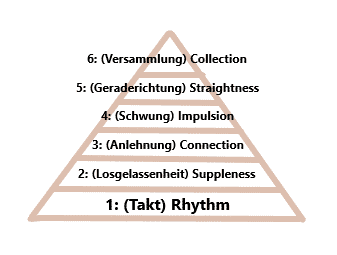
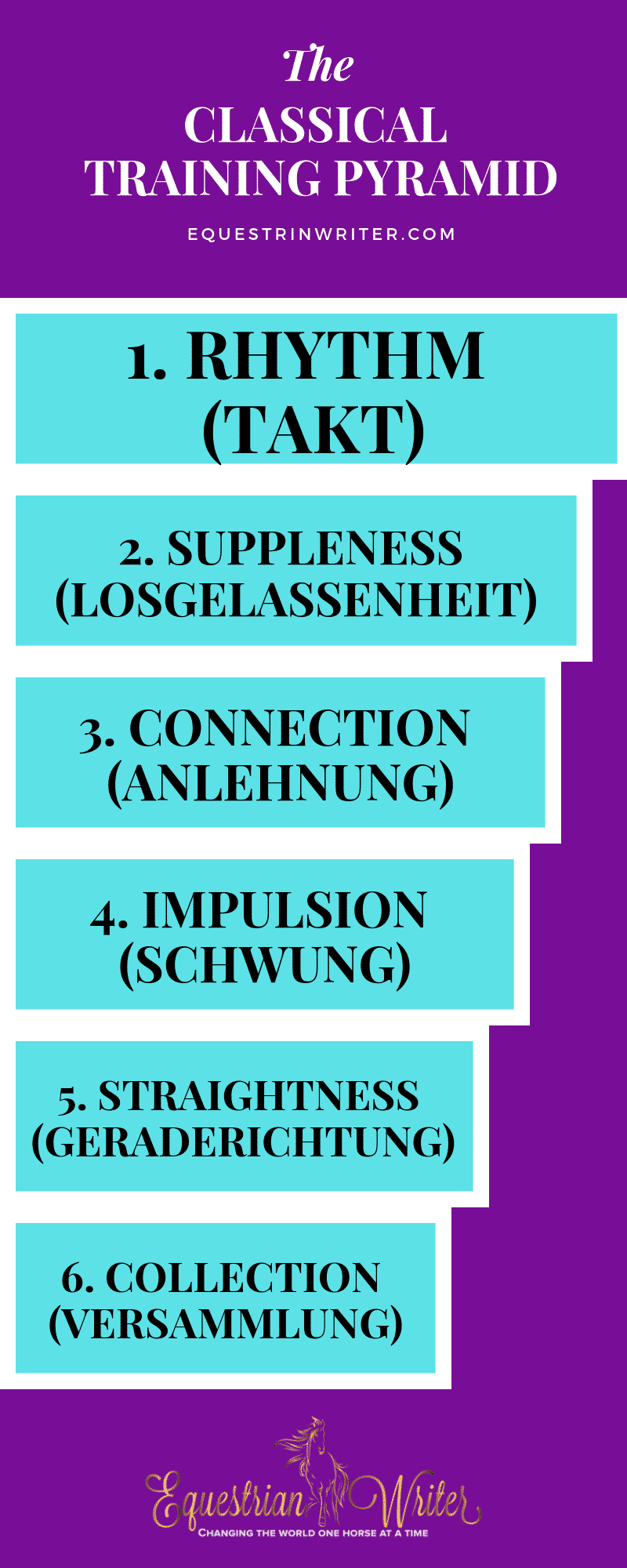
One of the governing principles of classical dressage is the training pyramid. It lays out the roadmap for the entirety of the horse’s training journey from very first day up until the point of true collection. In the hands of a master classical trainer, it can take a horse several years to reach the top of the pyramid and achieve true collection, especially if you are starting a young horse. This approach is very different from that of many western disciplines. In classical dressage, horses aren’t even started — much less saddled — until they are well into their three-year-old year. Even then most of their training happens from the ground on the lunge and with long lines. They are carefully built up over time to ensure long term soundness. Only after several months of this work is horse taken to an arena for under saddle work. The classical philosophy truly is “slower is faster.”
This is a system that has been refined over generations. It is vitally important that you start at the bottom of the pyramid and work your way up if you want to achieve true collection as defined by the classical masters. It takes time, dedication, and many hours of practice. However, the beauty of this system is that it is reasonable to expect that most any rider can achieve collection with enough study and practice. Below you see the entire training pyramid laid out from start to finish.

1. Rhythm (Takt)
When we refer to rhythm, we are referring to the time between footfalls in your horse’s stride. Rhythm is a vital foundation for any ridden horse. It is essential for balance and cadence. Cadence is the animation within the strides. This is often confused with speed. However, cadence is not about how fast the feet are moving. Every gait has a moment of suspension. The longer that moment of suspension is, the better the cadence is.
A horse that is poking along slower than a lame snail is not going to have good rhythm or cadence. It is important to get the horse moving forward in the gait. Some horses you will be able to get into a forward walk. However, some super lazy horses will need to spend some time establishing rhythm at the trot to get their blood pumping and get them thinking forward before going back to the walk. Remember though, while you want the horse moving forward, it’s not a race. It’s about quality of movement, not speed.
2. Suppleness (Losgelassenheit)
Suppleness is talked about a lot in horse training. The problem is that it is often taken to extremes. You see trainers — particularly in natural horsemanship — yanking horses’ head around until their nose touches the rider’s boot. Then they say “oh, look, he’s supple!” Except, that’s not supple. In classical dressage, suppleness must be gradual: bend through the ribcage, flexion of the poll, soft in the rider’s hands, never too much bend or too little. You need to gain independent control over every part of your horse’s body. Independent control over all body parts is necessary before you can control everything together in synchrony. Everything needs to be soft and never rushed.
3. Connection (Anlehnung)
This is one that is trickier than it may first appear. It is certainly the one that has given me the most trouble. Connection is often referred to as being “on the bit.” There is a fine balance between being on the bit and pulling on the bit. If your horse is truly on the bit, you should have enough contact to feel his mouth through the reins. You should be moving with the motion of the horse so as to maintain steady contact and not accidentally bump him in the mouth every few strides.
However, connection isn’t just about being on the bit. It is also about connecting all of the body parts together. Stage two involves gaining independent control of all body parts. Here in stage three we start connecting those body parts back together to create more advanced maneuvers.
4. Impulsion (Schwung)
Impulsion does not mean speed. Rather, it comes from thrust with the hind end. The hindquarters are the engine of the horse. This means that the hindquarters must be engaged in order to produce the thrust needed to create impulsion. Impulsion is where you start to get real lift through the back. The hindquarters reach up under the horse to create thrust and impulsion which lifts the back and starts creating the swinging gait that we all crave.
5. Straightness (Geraderichtung)
Here is the step that so many people miss. Straightness is just as important as bend. Too much straightness produces stiffness and too much bend disengages the top line. The greatest amount of thrust and power from the hindquarters is achieved when all of the horse’s body parts are in a straight line. This is why we take the horse’s body out of alignment when he tries to buck or rear. It is also the logic behind why race horses are never taught to supple and bend.
6. Collection (Versammlung)
Here it is: the pinnacle of achievement in equestrian sports. True collection takes time and practice to achieve. A truly collected horse can be ridden with the lightest touch of the finger tips and should not need the reins for steering — don’t go testing your collection by trying to ride without reins though, they are still needed to maintain contact with the horse! Some horses, depending on conformation, will have more trouble achieving collection than others. Ideally the horse should be completely off the forehand. Obviously, for horse that are already built downhill, this will be more of a challenge, but it can be done. Not every horse will achieve Grand Prix level collection, but every horse can benefit from proper movement and classical training.






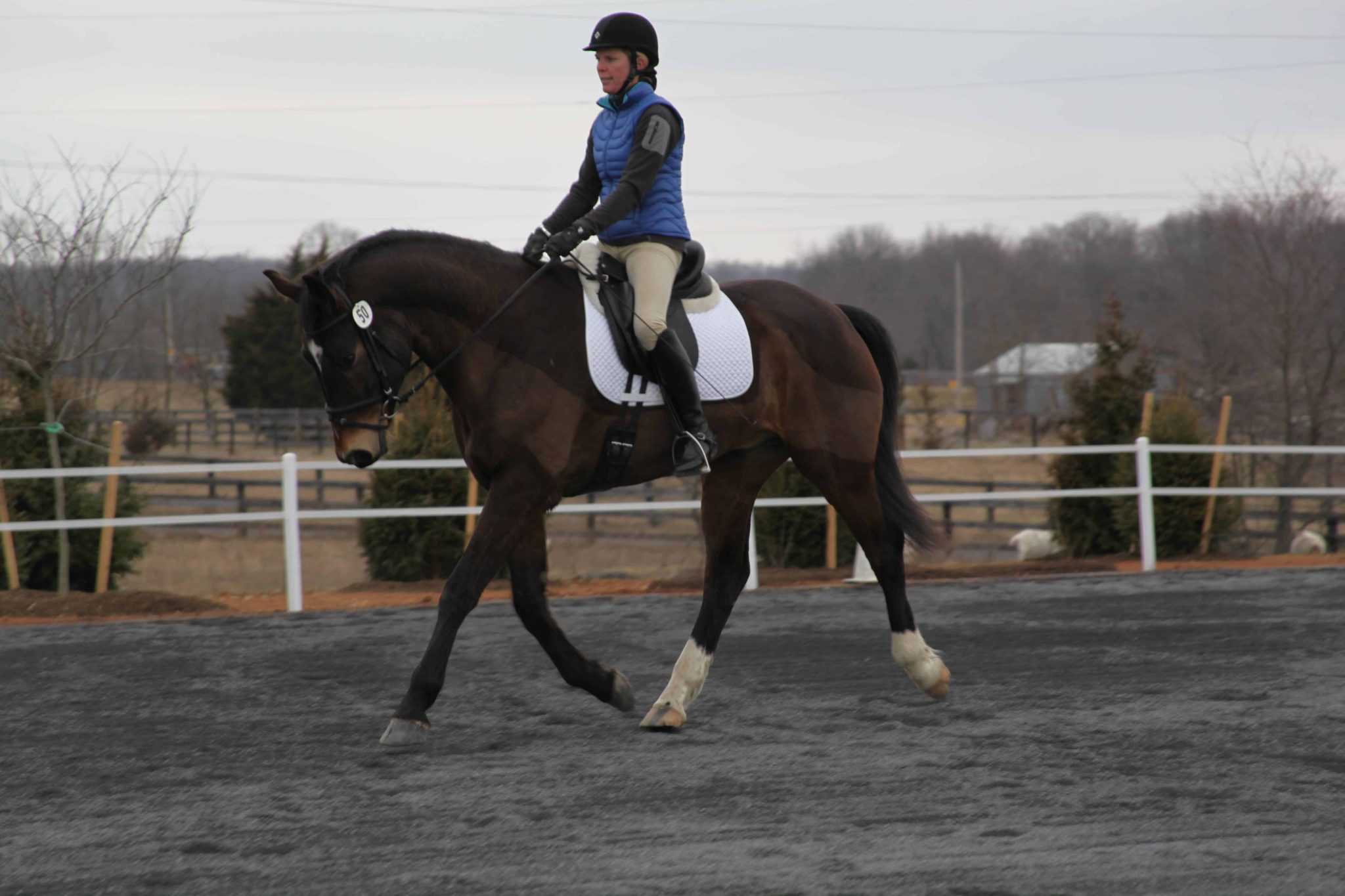
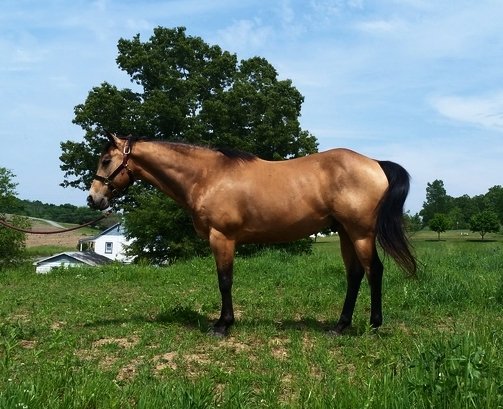
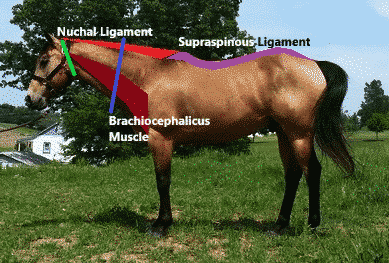
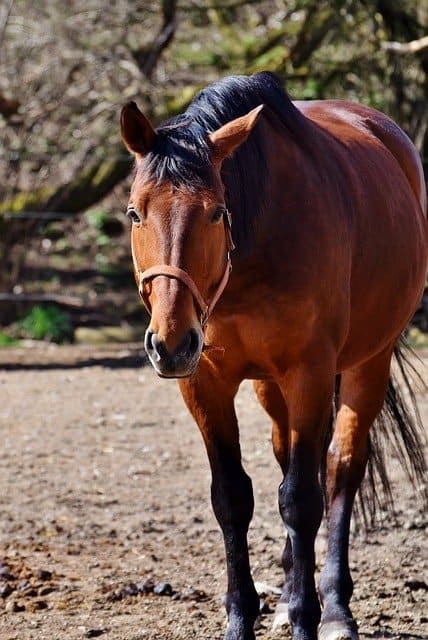
This is a great blog with so much valuable info. All riders should know about the training scale. x
Thanks! I am glad to know you found the article useful. Thanks for stopping by!
Great blog thank you
Thanks. Glad you enjoyed it!